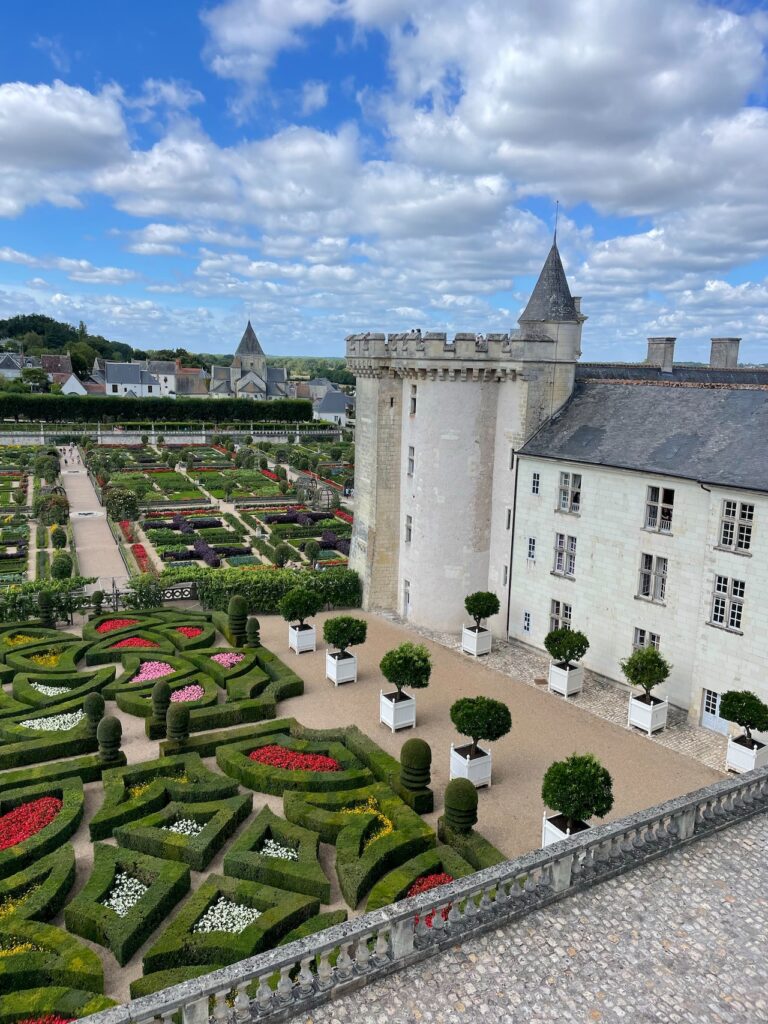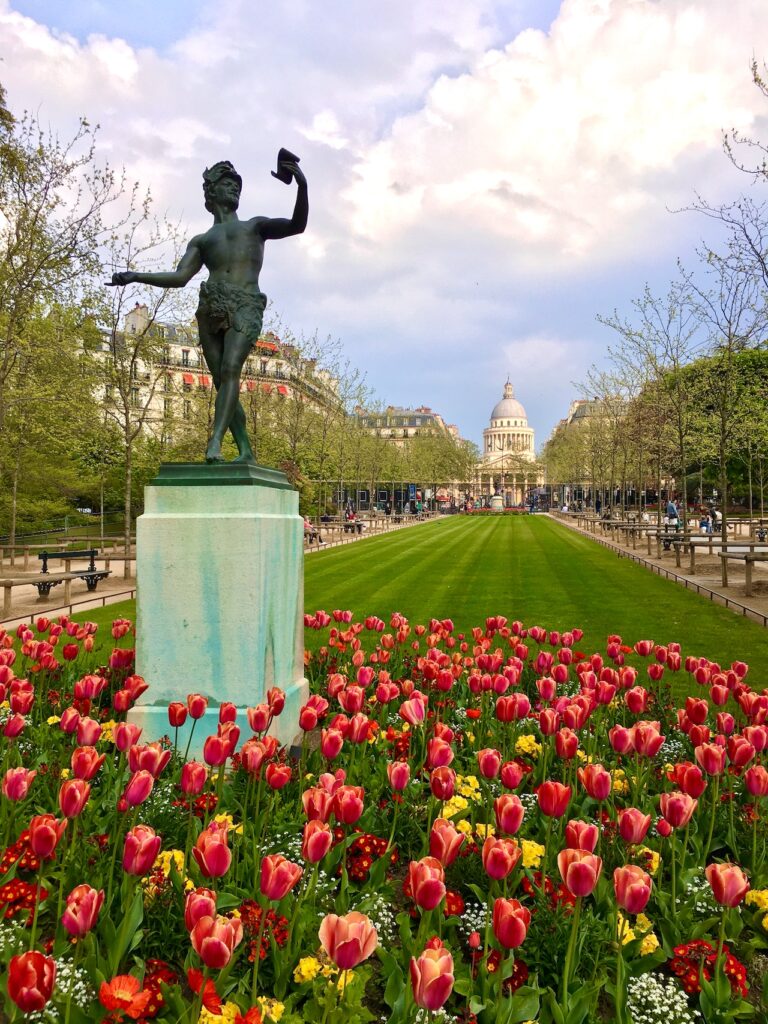France is a country famous for its picturesque landscapes, stunning architecture, and world-renowned cuisine. One of the country’s most treasured legacies is its exquisite gardens. From the formal gardens of Versailles to the charming countryside gardens of Normandy, France has a rich history of cultivating stunning outdoor spaces. Perhaps one of the most famous French gardeners is Claude Monet, whose work continues to inspire and influence garden designers around the world. In this article, we’ll explore some of the most beautiful gardens in France, including those that pay tribute to Monet’s legacy.
Table of Contents
- Introduction
- Claude Monet and His Gardens
- Giverny: Monet’s Masterpiece
- Versailles: The Grandeur of French Formal Gardens
- Château de Villandry: A Jewel of the Loire Valley
- Jardin du Luxembourg: Parisian Splendor
- The Gardens of Normandy: A Rustic Retreat
- La Louve: A Contemporary Garden Inspired by Monet
- Les Jardins de l’Imaginaire: A Garden of Imagination
- The International Garden Festival: Contemporary Garden Design
- Les Jardins de Marqueyssac: A French Garden with a Twist
- Domaine de Chantilly: An Enchanted Garden
- Parc des Buttes-Chaumont: A Romantic Escape
- Conclusion
- FAQs

Claude Monet and His Gardens
Claude Monet, the Impressionist master painter, was also an avid gardener. His most famous garden was at his home in Giverny, where he lived from 1883 until his death in 1926. Monet designed the garden himself and used it as a source of inspiration for many of his most famous paintings, including his Water Lilies series. The garden at Giverny is open to the public and remains a popular destination for art and garden lovers alike.
Giverny: Monet’s Masterpiece
Giverny is a small village in Normandy that has become a pilgrimage site for garden lovers from around the world. Monet’s house and garden have been preserved as a museum, allowing visitors to experience the artist’s vision firsthand. The garden is divided into two main sections: the Clos Normand, a formal garden filled with colorful flowers, and the Water Garden, with its iconic Japanese bridge and water lilies. Visiting Giverny is a truly immersive experience, allowing visitors to step into Monet’s world and see the gardens that inspired his most famous works.
Versailles: The Grandeur of French Formal Gardens
The Palace of Versailles is one of the most visited tourist attractions in France, and for good reason. The palace’s formal gardens are a masterpiece of French garden design, with meticulously manicured lawns, intricate parterres, and grand fountains. The gardens cover over 800 hectares and include numerous features, such as the Grand Canal and the Orangery. A visit to Versailles is an opportunity to step back in time and experience the grandeur of French royalty.
Château de Villandry: A Jewel of the Loire Valley
The Château de Villandry is a Renaissance château located in the Loire Valley. The château’s gardens are a marvel of symmetry and precision, with a mix of formal and informal designs. The garden is divided into several sections, each with its own unique features, including a maze, a water garden, and a vegetable garden. The Château de Villandry is a testament to the artistry of French garden design, and a must-visit destination for garden enthusiasts.
Jardin du Luxembourg: Parisian Splendor
Located in the heart of Paris, the Jardin du Luxembourg is a stunning example of French formal gardens. Designed in the 17th century, the garden features geometric patterns, gravel walkways, and ornate fountains. Visitors can relax on one of the garden’s many benches or take a stroll around the central basin. The Jardin du Luxembourg is a popular spot for both locals and tourists, and a peaceful retreat from the bustle of the city.
The Gardens of Normandy: A Rustic Retreat
Normandy is a region of France known for its pastoral landscapes and charming villages. The gardens of Normandy reflect this rustic charm, with a mix of formal and informal designs. Highlights include the Garden of Castillon in Caen, with its maze and water features, and the Garden of the Manoir d’Argences, with its walled garden and orchard. The gardens of Normandy offer a peaceful escape from the city, and a chance to experience the beauty of the French countryside.
La Louve: A Contemporary Garden Inspired by Monet
La Louve is a contemporary garden located in the heart of Paris. Designed by landscape architect Pascal Cribier, the garden is a tribute to Claude Monet, featuring a water lily pond and a Japanese bridge reminiscent of Monet’s garden at Giverny. La Louve is a serene oasis in the middle of the city, and a testament to the enduring influence of Monet’s garden designs.
Les Jardins de l’Imaginaire: A Garden of Imagination
Located in the town of Terrasson-Lavilledieu in the Dordogne region, Les Jardins de l’Imaginaire is a garden unlike any other. Designed by landscape architect Kathryn Gustafson, the garden features a series of terraces, each with its own unique design and theme. Visitors can explore the garden’s many paths and stairways, discovering hidden water features and sculptures along the way. Les Jardins de l’Imaginaire is a testament to the power of imagination in garden design, and a must-visit destination for those seeking inspiration.
The International Garden Festival: Contemporary Garden Design
The International Garden Festival, held annually in Chaumont-sur-Loire, is a celebration of contemporary garden design. Each year, a new theme is chosen, and designers from around the world are invited to create gardens inspired by the theme. The festival is a showcase of creativity and innovation in garden design, and a chance to see the cutting-edge of the industry.
Les Jardins de Marqueyssac: A French Garden with a Twist
The Jardins de Marqueyssac, located in the Dordogne region, are a unique take on French garden design. The garden features over six kilometers of walking paths, winding through a forest of boxwood hedges. The hedges are carefully pruned into intricate shapes, creating a surreal and otherworldly atmosphere. The Jardins de Marqueyssac are a testament to the artistry of garden design, and a must-visit destination for those seeking something truly unique.
Domaine de Chantilly: An Enchanted Garden
The Domaine de Chantilly is a historic estate located in the Picardy region of France. The estate’s gardens are a mix of formal and informal designs, featuring intricate parterres, cascading fountains, and a canal. Visitors can also explore the estate’s many buildings, including the Château de Chantilly, a 16th-century castle that houses a museum of art and history. The Domaine de Chantilly is a magical destination that offers a glimpse into the grandeur of French aristocratic life.
Versailles: The Ultimate French Garden Experience
No list of French gardens would be complete without a mention of the Palace of Versailles. The gardens of Versailles are some of the most famous in the world, featuring ornate fountains, perfectly manicured lawns, and an awe-inspiring display of symmetry and order. The gardens were designed in the 17th century by André Le Nôtre, and have been a symbol of French grandeur and elegance ever since. Visitors can spend hours exploring the gardens, from the Apollo Fountain to the Grand Canal, and still only scratch the surface of the wonders that Versailles has to offer.
Conclusion
France is a country with a long and rich tradition of garden design, and visiting its many beautiful gardens is a testament to the creativity and artistry of French landscape architects. From the formal gardens of Versailles to the contemporary designs of La Louve, there is something for everyone in France’s garden destinations. Whether you’re a passionate gardener or simply seeking a peaceful retreat, France’s gardens are sure to inspire and delight.
FAQs
1. What is the best time of year to visit French gardens?
The best time to visit French gardens is typically in the spring and summer months, when the flowers are in bloom and the weather is mild.
2. Are French gardens open year-round?
Most French gardens are open year-round, but some may have limited hours or be closed during the winter months.
3. Can I bring food into French gardens?
It is generally not allowed to bring food into French gardens, but there are often picnic areas or nearby cafes where you can enjoy a meal.
4. Are pets allowed in French gardens?
Pets are typically not allowed in French gardens, but there may be exceptions for service animals.
5. Do I need to purchase tickets to visit French gardens?
Most French gardens require tickets for entry, but prices may vary depending on the garden and the time of year.
6. Are there guided tours available for French gardens?
Many French gardens offer guided tours, which can provide valuable insights and context to enhance your visit. Check the website of the garden you plan to visit for tour options and schedules.
7. Can I take photographs in French gardens?
Most French gardens allow photography, but some may have restrictions on the use of tripods or commercial photography. Check with the garden staff for any specific rules and regulations.
8. How long does it take to visit a French garden?
The length of time needed to visit a French garden depends on the size and complexity of the garden. Some gardens, like Versailles, can take an entire day to explore, while others may only require a few hours. Plan accordingly and check the garden’s website for suggested visit times.
9. What are some lesser-known French gardens worth visiting?
While the most famous French gardens are certainly worth a visit, there are also many hidden gems waiting to be discovered. Consider exploring lesser-known gardens like Jardins du Château de Brécy or Parc des Buttes-Chaumont for a unique and memorable experience.
10. Are there any special events or festivals held in French gardens?
Many French gardens host special events and festivals throughout the year, such as music concerts, flower shows, and art exhibitions. Check the garden’s website or local tourism office for information on upcoming events and how to purchase tickets.
(Looking for more information about your trip to France? Check my home page! I also wrote tips and guide about the countries that I have visited so far that might help you on your next trip. Click here!)


